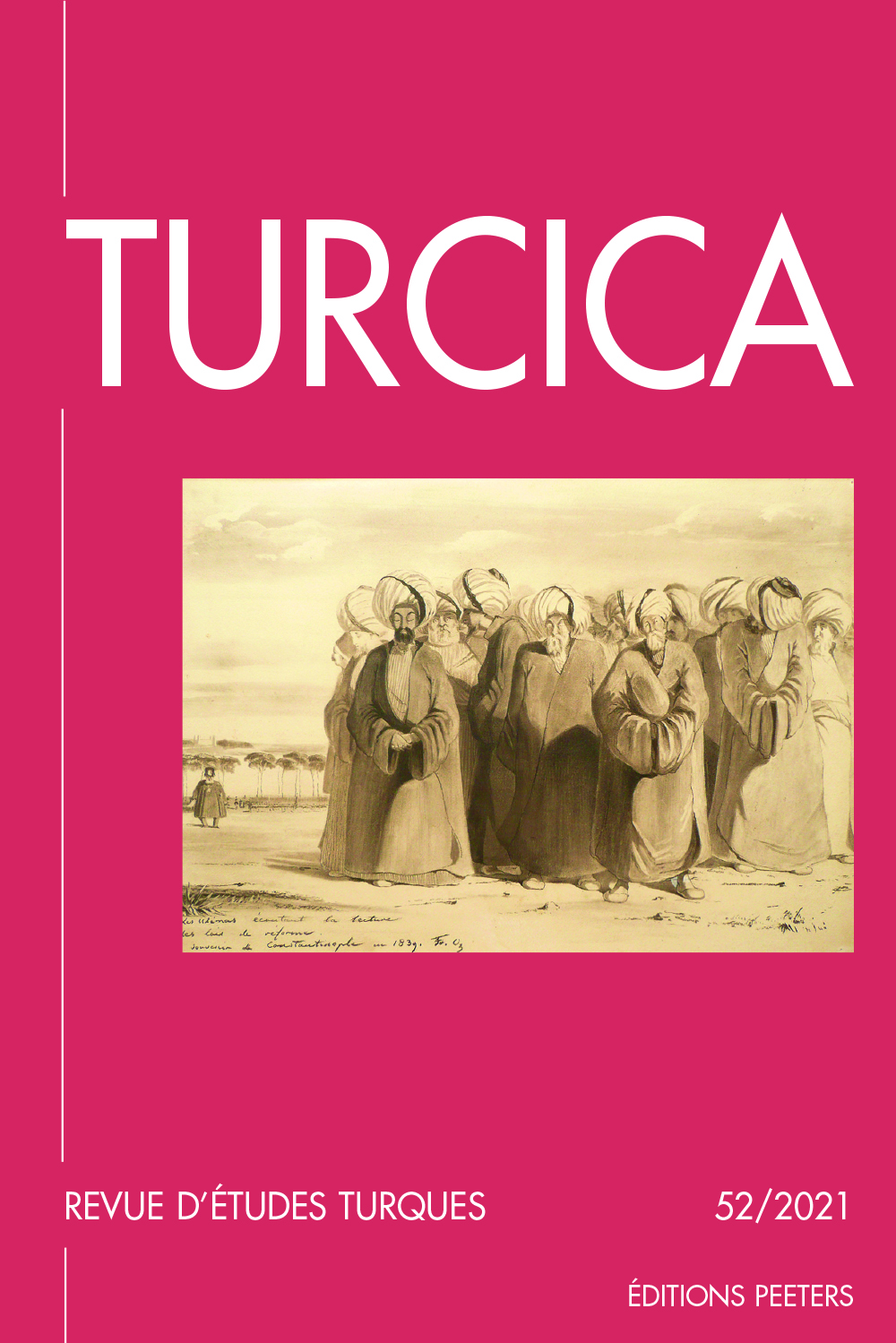 previous article in this issue previous article in this issue | next article in this issue  |

Preview first page |
Document Details : Title: About the Fiscal Status of the Greek Orthodox Church in the 17th Century Author(s): KOTZAGEORGIS, Phokion P. Journal: Turcica Volume: 40 Date: 2008 Pages: 67-80 DOI: 10.2143/TURC.40.0.2037135 Abstract : While this is not the case for the 16th and 18th centuries, the 17th century is inadequately documented concerning the Greek Orthodox Church taxation system. This century is however of a crucial importance for the study of the changes that occurred in the taxation system between the 16th and the 18th centuries. The present article analyses the 17th century extant sources and combines them with those from the other centuries. From this study we can infer that a change happened at the very end of the 16th century. Due to the financial crisis and the growing need for military supplies, the State changed the annual tax of the Patriarchate into a substitute amount for the meat supply of the imperial gardeners corps. At the same period, precisely at the beginning of the second decade of the century, Mount Athos had to pay a similar tax in addition to the annual maktu tax paid to the State since the 15th century. Thus the taxation of the hierarchically subordinate establishment was increased by the higher establishment as well as the former’s contribution to the payment of the latter. Le XVIIe siècle est insuffisamment documenté en ce qui concerne le système d’imposition de l’Eglise orthodoxe grecque, alors que ce n’est pas le cas pour les XVIe et XVIIIe siècles. Ce siècle est pourtant d’une importance cruciale en ce qui concerne l’étude des changements apparus dans le système d’imposition entre XVIe et XVIIIe siècles. Cet article analyse les sources du XVIIe siècle qui existent encore et les combine à celles des autres siècles. De cette étude nous pouvons déduire qu’un changement est survenu à l’extrême fin du XVIe. En raison de la crise financière et des demandes croissantes pour l’approvisionnement de l’armée, l’Etat modifie la taxe annuelle du Patriarcat et la remplace par un montant destiné à l’approvisionnement en viande du corps des jardiniers impériaux. A la même période, précisément au début de la seconde décennie de ce siècle, le Mont Athos dut payer une taxe similaire en supplément de la taxe annuelle maktu, payée à l’Etat depuis le XVe. Ainsi la taxation de l’établissement hiérarchiquement subordonné fut augmentée par l’établissement supérieur, ainsi que la contribution du premier au paiement du second. |
 |


